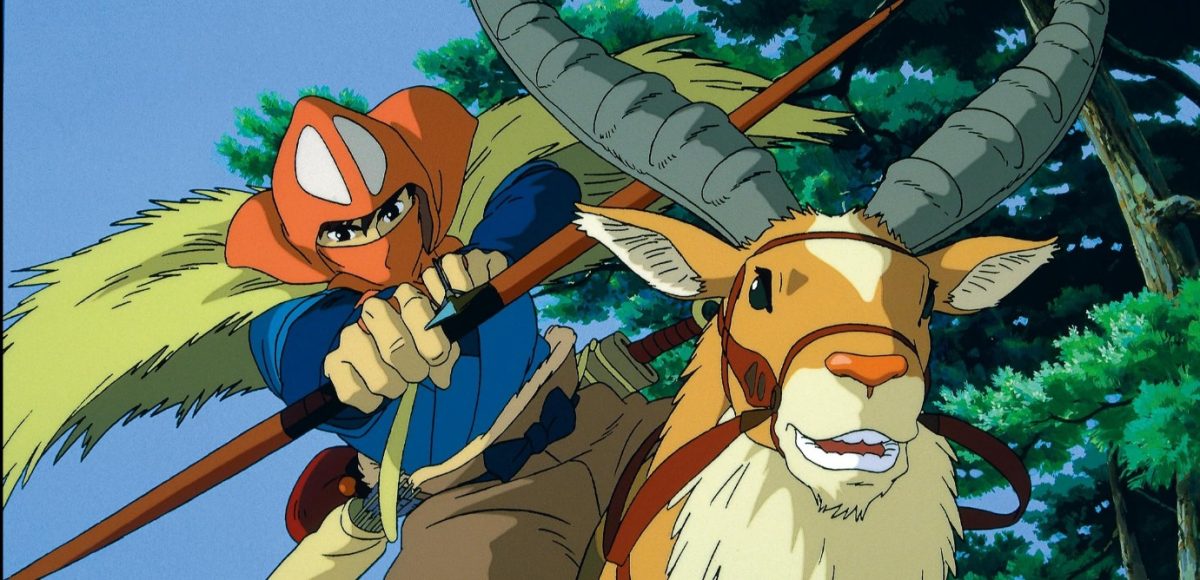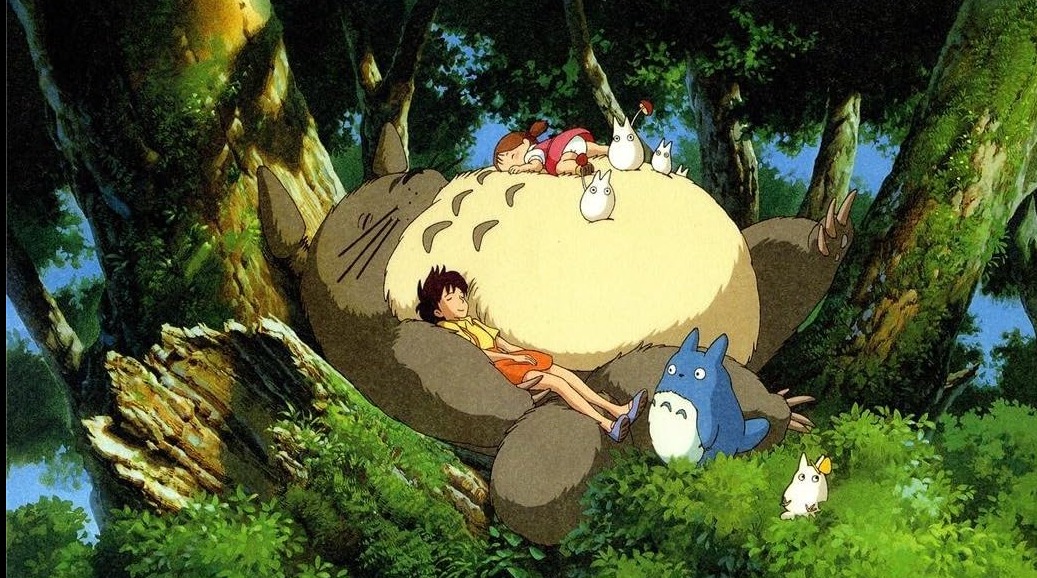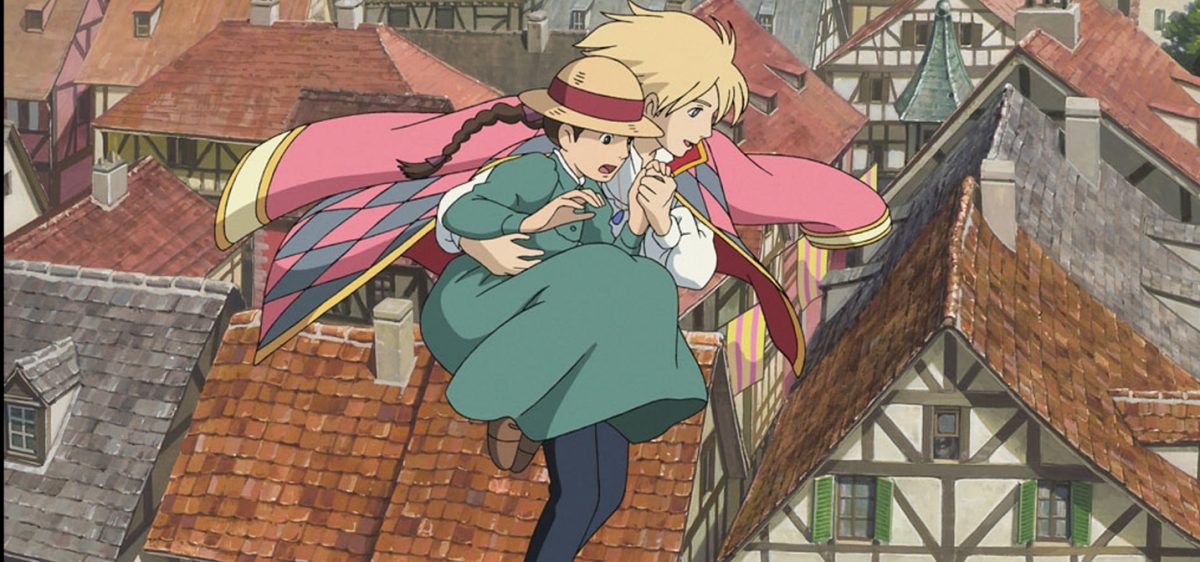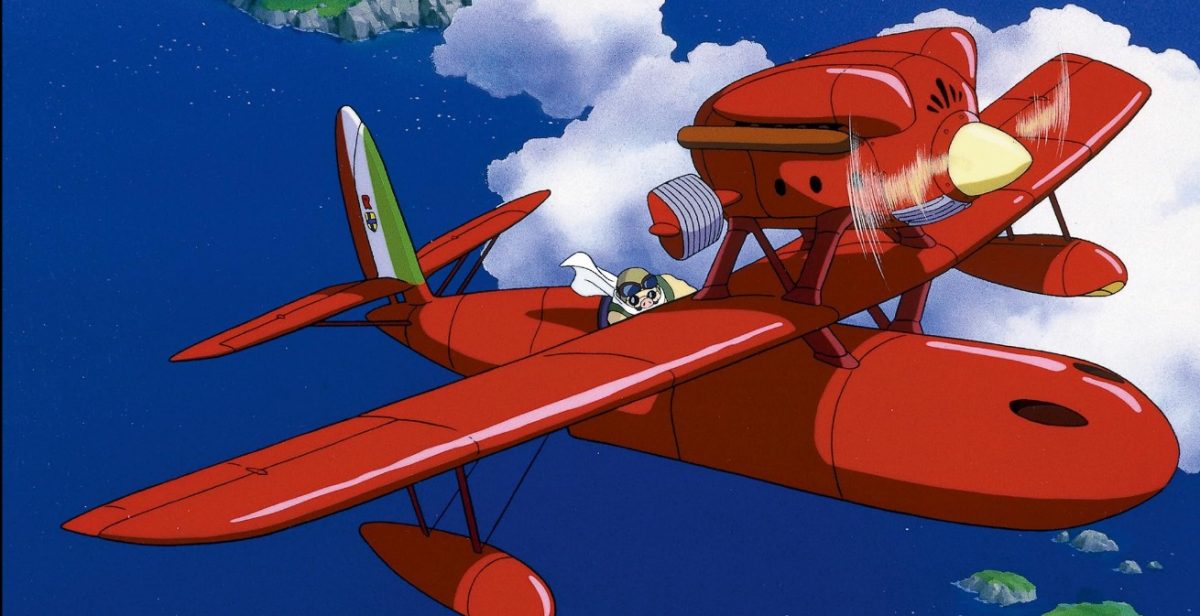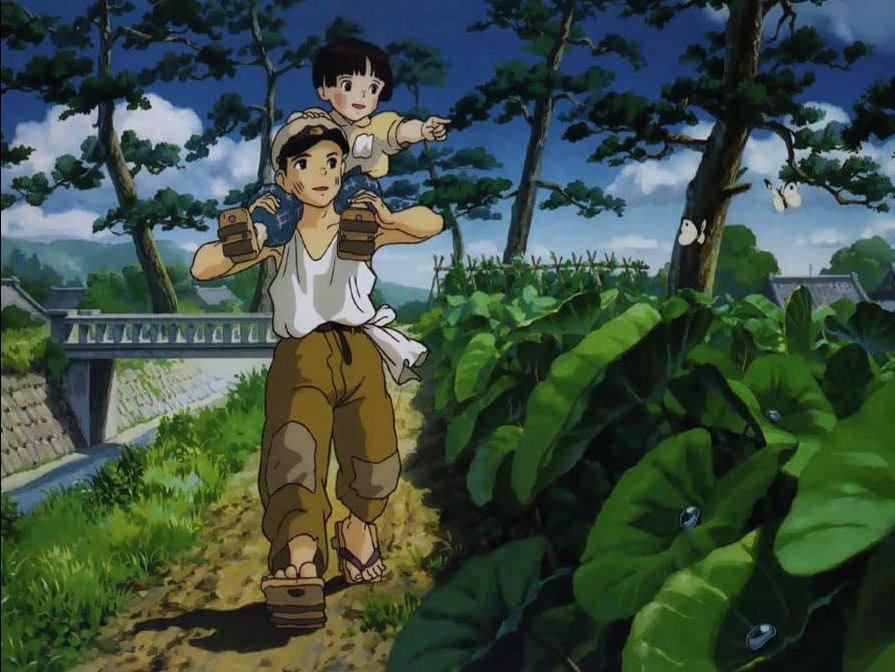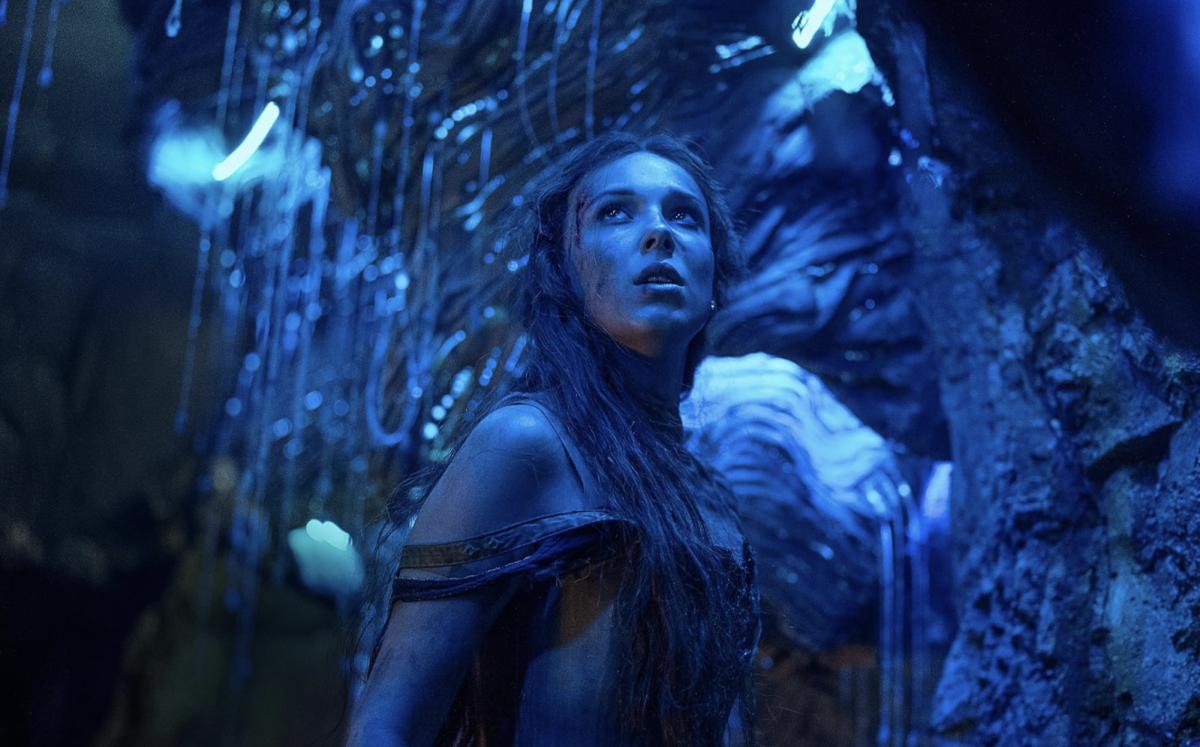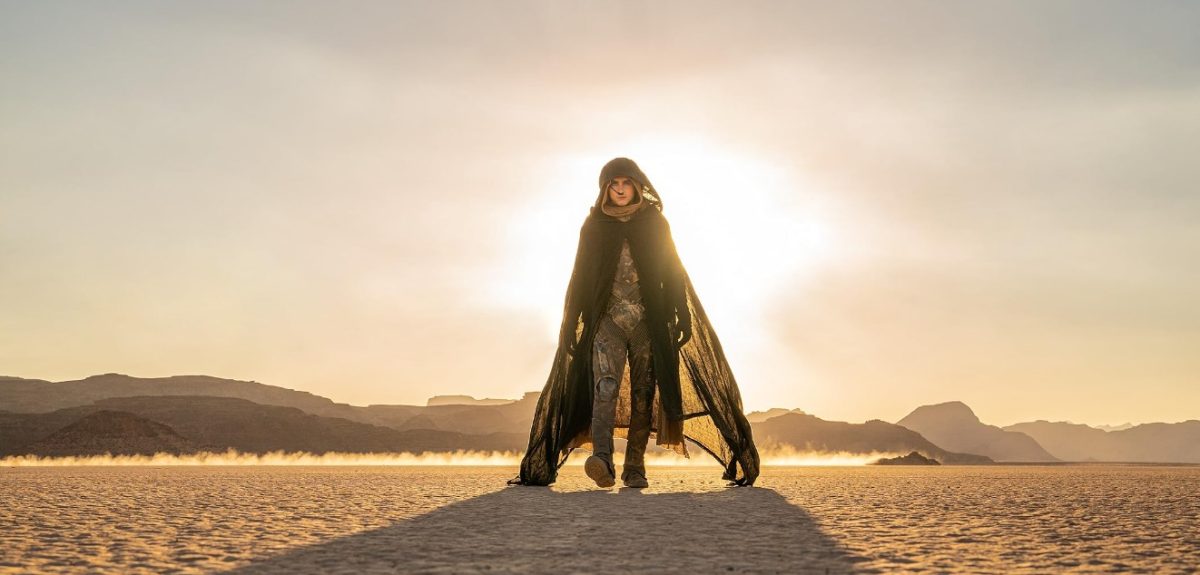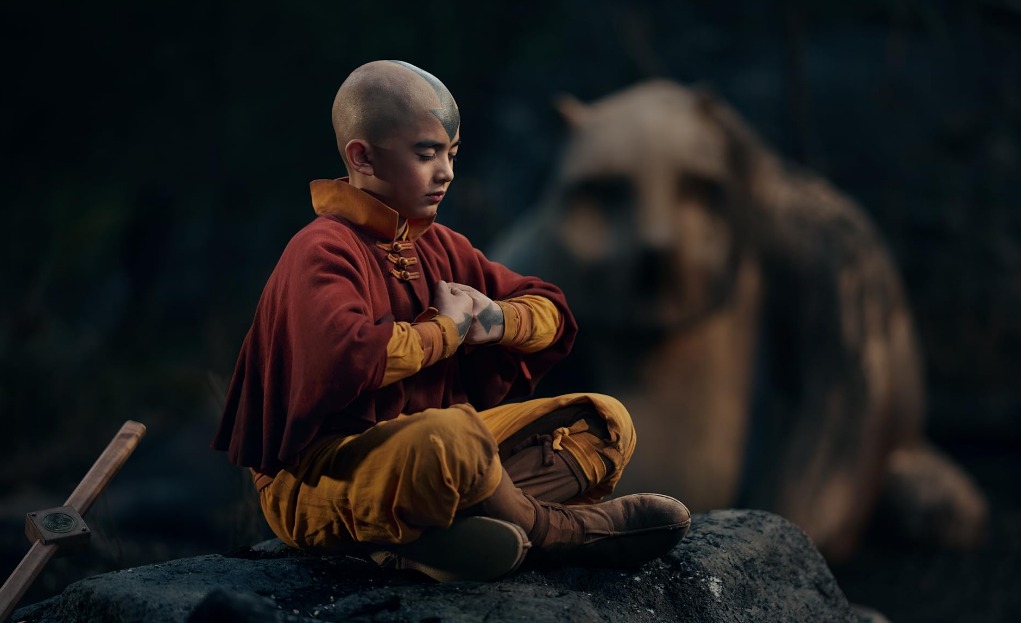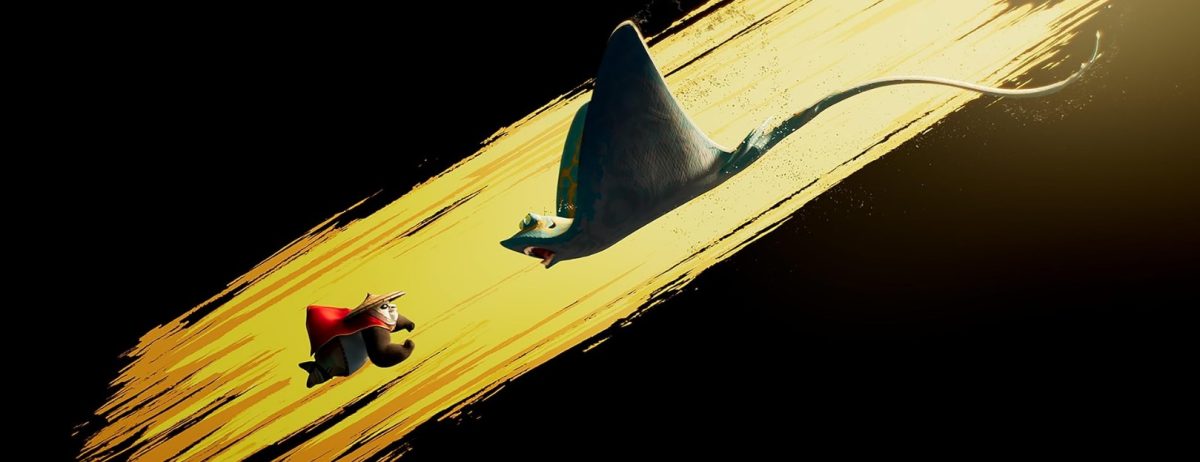
Whether you are a die-hard Hayao Miyazaki fan or new to the genre of anime, Studio Ghibli’s “Princess Mononoke” has something for everyone. From stunning visuals to action-packed sequences and a timeless environmental message, there is much to love in this animated masterpiece.
First released in Japan in 1997, “Princess Mononoke” was a smash hit, breaking box office records and grossing just under $160 million in eight months. In 1999, the movie was released in the United States with English voice-overs for characters including the kindhearted Ashitaka (Billy Crudup), mysterious San/Princess Mononoke (Claire Danes), sleazy Jigo (Billy Bob Thornton), commanding Lady Eboshi (Minnie Driver) and hilarious Toki (Jada Pinkett Smith). Though the English audio version did not quite garner the same success as in Japan, it received glowing reviews and favorable DVD sales. It was the U.S. release of “Princess Mononoke” that catapulted Studio Ghibli onto the international stage.
“Princess Mononoke” begins with an epic fight scene between Ashitaka, the last Emishi prince, and a demon boar god, later revealed to be named Nago. While Ashitaka successfully manages to kill the demon, he sustains a serious wound which the town wise woman tells him is cursed and deadly. In search of a cure, Ashitaka embarks on a journey to find the “spirit of the forest,” encountering the clashing forces of Iron Town, led by Lady Eboshi, who wishes to expand the iron operation further into the forest, and the goddess Moro’s pack of wolves determined to protect it.
As Ashitaka immerses himself deeper into the conflict, he befriends San, also known as Princess Mononoke, a human raised by the wolves who is filled with hatred for Lady Eboshi and the citizens of Iron Town for the destruction they have caused to the forest. Ashitaka, who intends to see the world with “eyes unclouded by hate,” finds himself torn between two worlds — nature and civilization — as he tries to find a way to bring peace.
Part of what makes this story so compelling is the depth of its characters. Though there are plenty of clashes, there is no clear villain. For example, the boar god that attacks Ashitaka was once a benevolent protector of the forest before an iron bullet turned him evil. Lady Eboshi is also neither a saint nor completely rotten. While she does wage war against the forest gods, it is what she thinks she must do to support her town of misfits. Even San, who is initially hostile to Ashitaka and resents him for preventing her attack on Lady Eboshi, eventually works with him to protect the forest spirit and reconcile with Iron Town. There are also nuggets of humor sprinkled throughout the film, most notably from the headstrong Toki, who pokes fun at just about everyone.
By positioning “Iron Town” and “forest spirits” against one another, the creators of “Princess Mononoke” weave in not-so-subtle themes of environmental conservation and the destructive tendencies of civilization. Still, the film provides many important insights into environmental issues and illustrates the difficulties of balancing human progress with conservation while emphasizing the importance of both.
After all this, if you find yourself uninterested by the fanciful plot, consider watching for the stunning visuals alone. When you think of animation, perhaps you picture the pinwheel-esque running cycles of Mickey Mouse cartoons or the 3D animation of “Despicable Me.” While these movies certainly have some charm, Hayao Miyazaki brings animation to a whole other level. What makes every Studio Ghibli anime so incredible is the meticulous attention to detail in every landscape, character movement and gust of wind. Backgrounds are hand-painted with poster color — a medium similar to watercolor — creating perfect depth, realism and beauty where characters can come alive.
The many layers of the “Princess Mononoke” animation can be seen from the very beginning. As Ashitaka fights Nago, the boar is covered in writhing worm-like demons as it barrels after Ashitaka amidst a luscious green meadow, leaving a trail of rotten earth behind him. The film cuts and zooms like one would expect from any action movie, making it almost impossible to not become completely immersed in the majestic world emanating from the screen.
“Princess Mononoke” is a rare gem of a film that manages to seamlessly weave together enthralling action sequences, enchanting characters and environmental activism into one fantastical story. Expect nothing short of magic from the incredible Hayao Miyazaki and Studio Ghibli.


